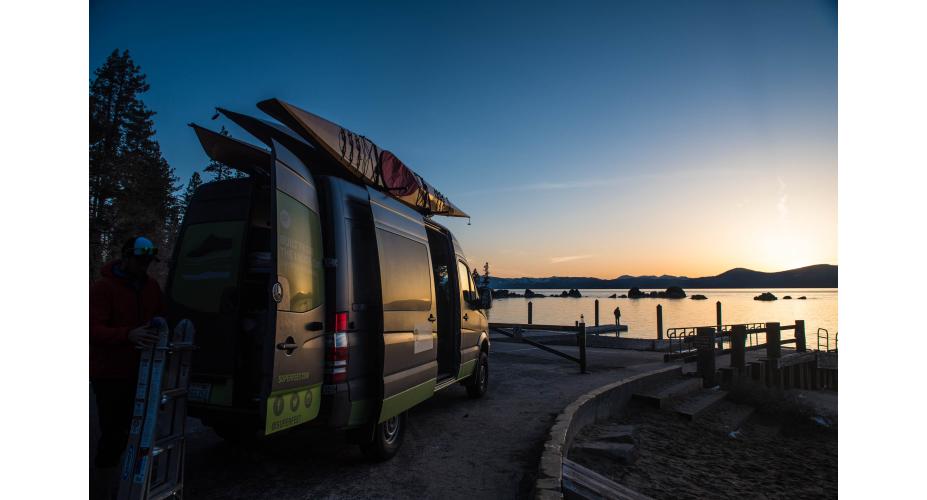
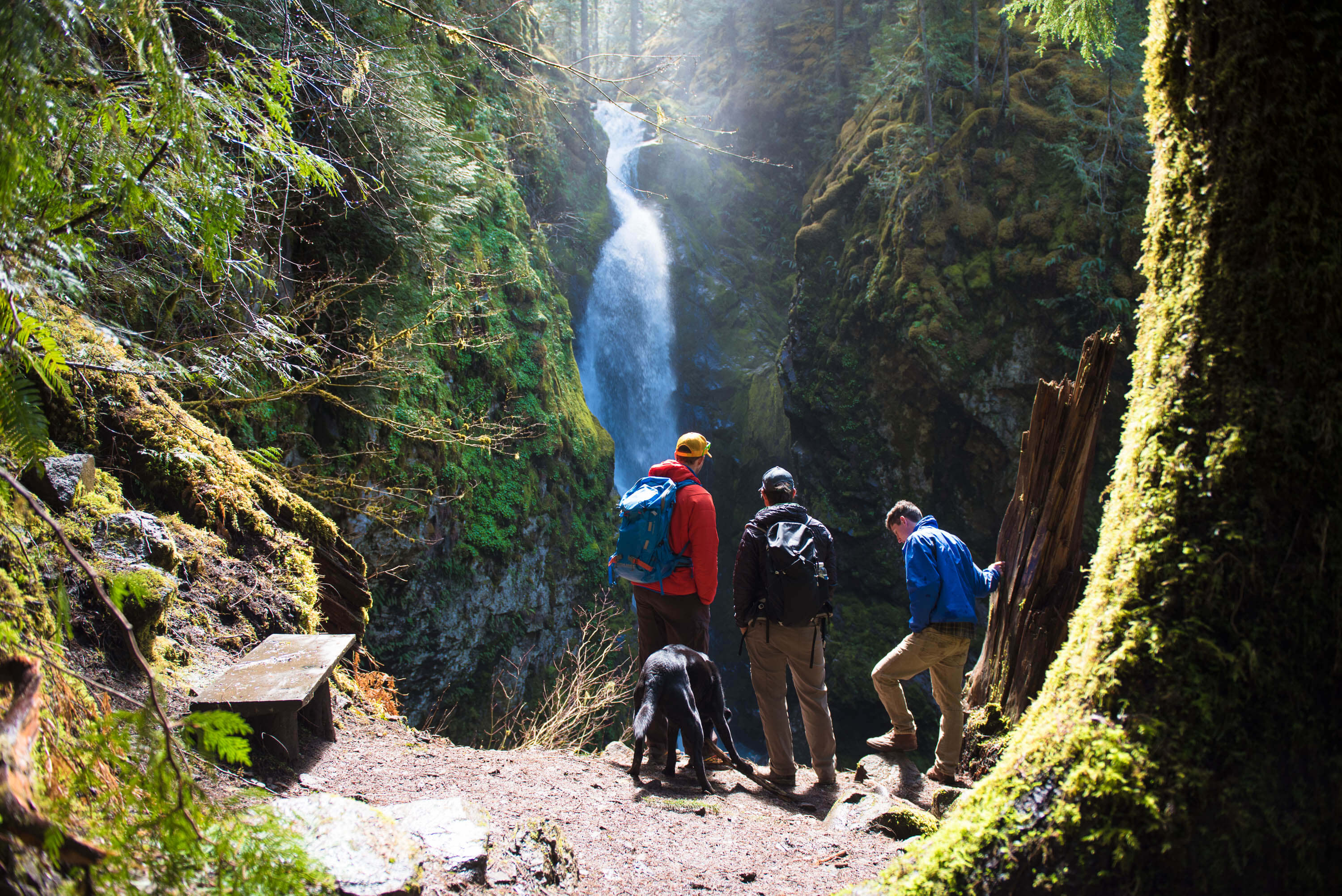
When you imagine a month-long road trip through the western US you probably think of the beautiful scenery, the interesting towns and characters, the mind-blowing podcasts you'll listen to, the freedom of the open road. But road trips can be draining and stressful too, especially if you're on a tight schedule. When my partner, Freya Fennwood, and I organized the Book and Boats Tour, we knew we wouldn't have much time for adventures. With seventeen events planned in a month and many hours of driving between locations, the tour is far heavier on work than play. There are six days on our calendar that don't involve an event, a drive, or both. So, we've had to embrace the idea of "micro adventures"—brief and easy jaunts that stick in your memory and feed your soul. After two weeks on the road, we've learned a few tricks.
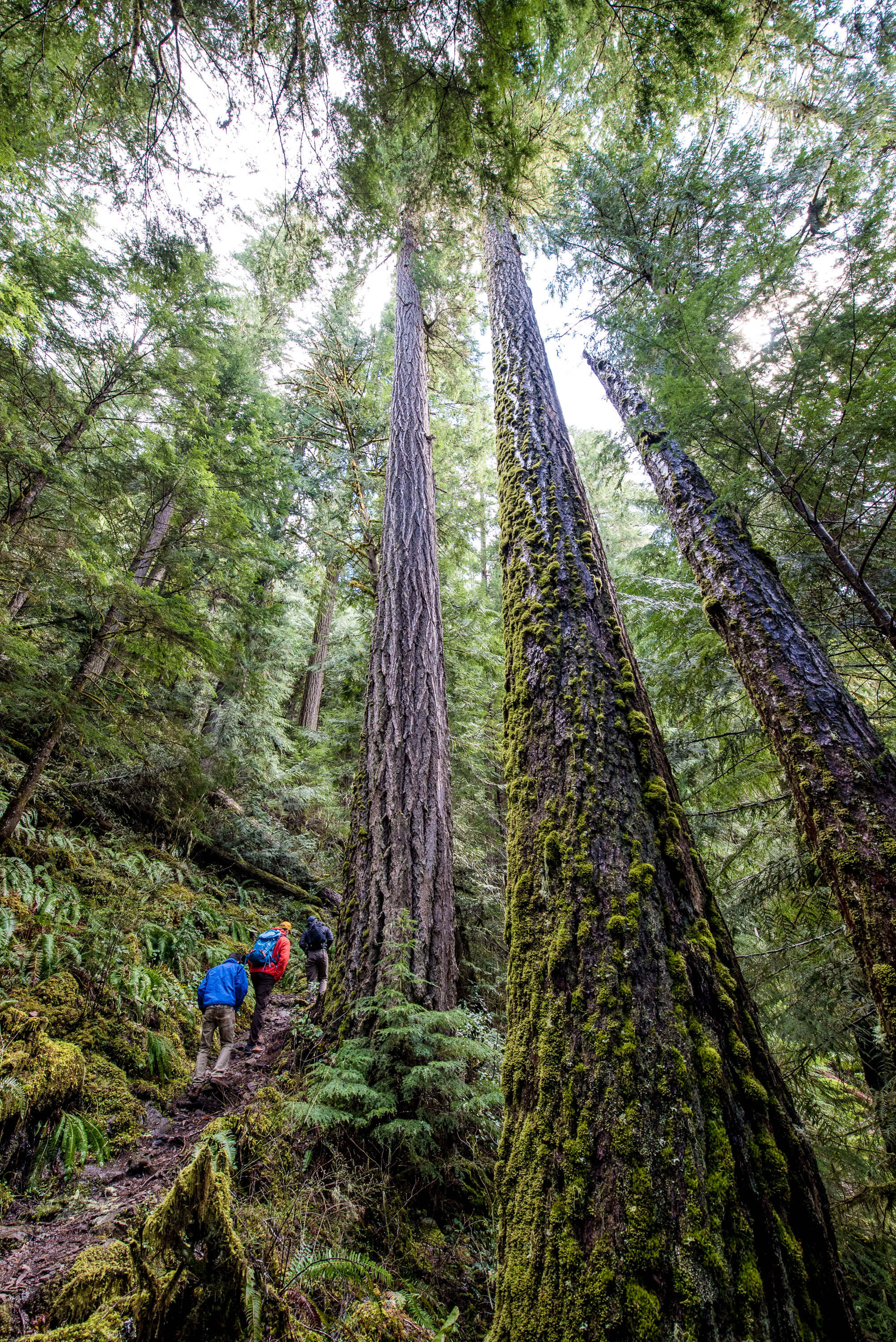
Ask your friends where to go.
This may seem obvious, but these days we're so used to searching online that we often forget to ask our friends. The best places usually don't appear on Google or social media. For example, we had a morning to burn in Eugene, Oregon and we wanted to do something outside, but we didn't know where to go. We asked our friends Chris and Brady if they knew of any short hikes in the area. They took us to two beautiful waterfalls south of the city. Sunlight streamed through the mossy trees and illuminated the spray. We were the only people there. I'm not going to tell you here the name of the waterfalls. If you want to know, you'll have to ask me in person.
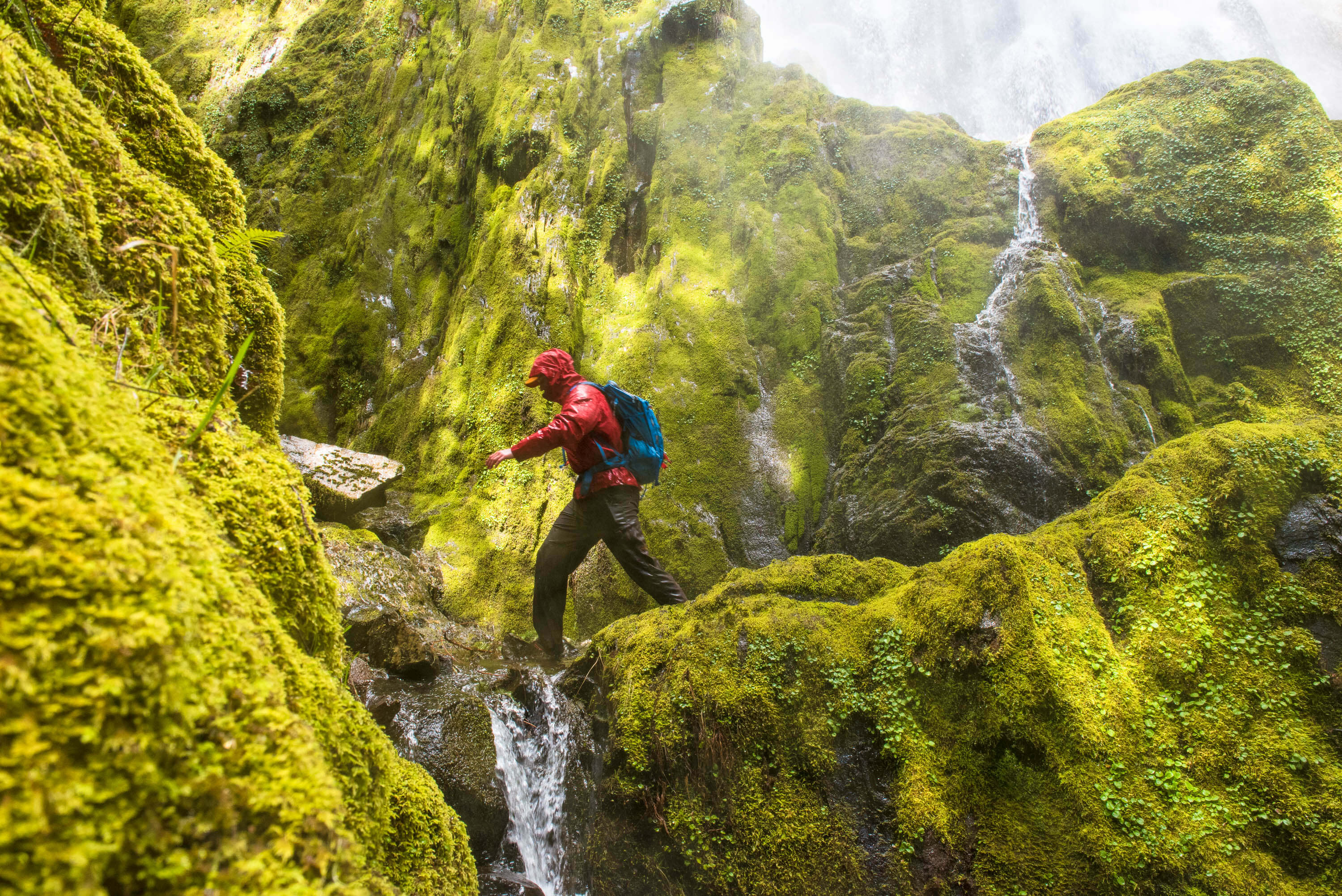
When you see something cool on the side of the road, stop and check it out.
It's easy to miss things when you're going 70mph. Take the shoe tree we spotted in northern California. We were driving south on a drab and empty stretch of highway when we zoomed past a tree with hundreds of shoes hanging from its branches. We needed to be in Lake Tahoe that evening and I wanted to keep driving, but Freya reminded me that we had hours to spare, so we turned around and investigated. We tossed some Superfeet shoes in the tree (don't worry, we retrieved them later), took photos, and climbed around. It was only a half-hour interlude, but we were smiling and laughing when we got back in the car. Don't be too focused on the destination or else you might miss the tiny pleasures of the journey.
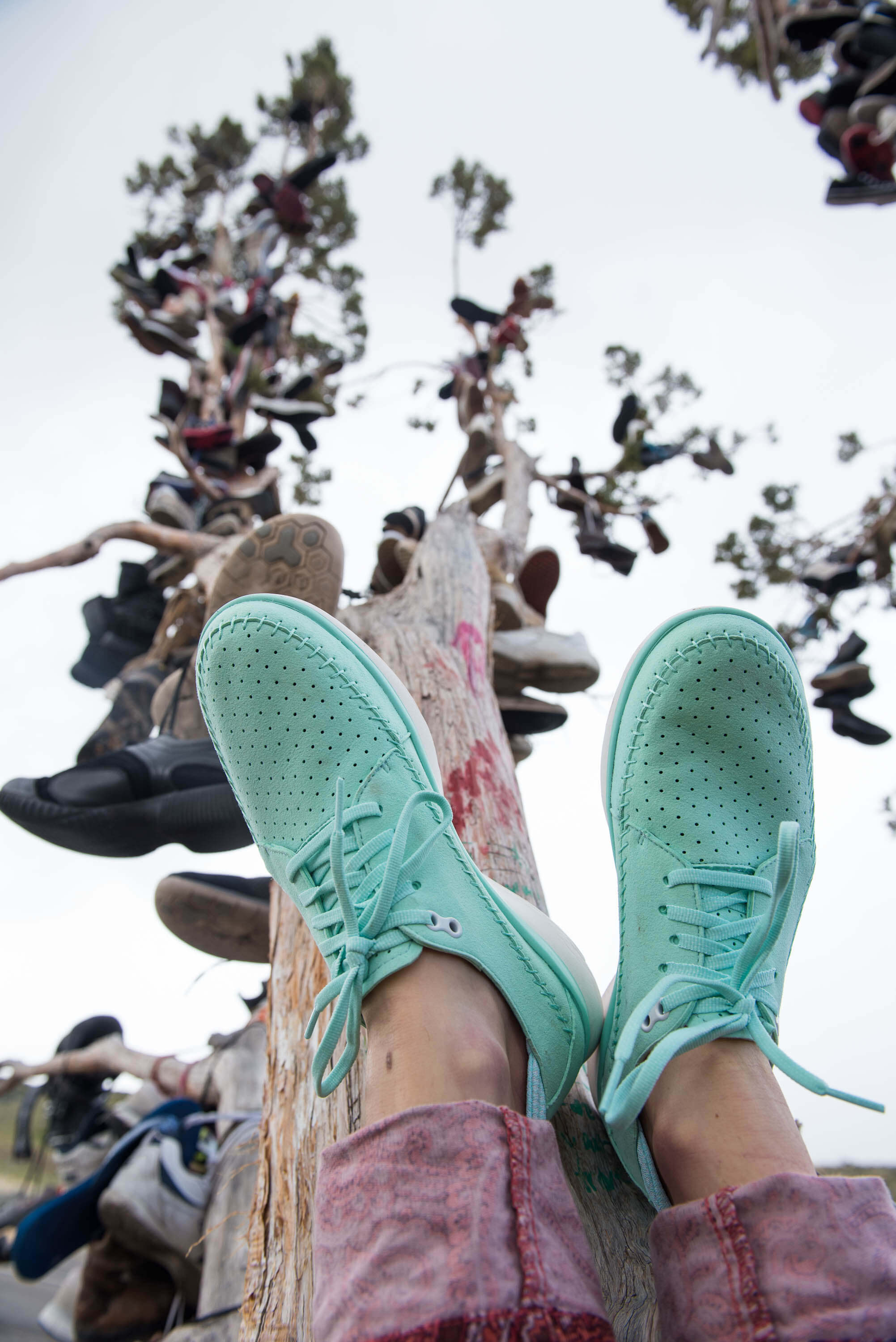
Visit the big green spaces on the map, even if you've never heard of them before.
The western US has a ton of public land—National Parks, Forests, Monuments, Recreation Areas, BLM and DNR sites. The Grand Canyon, Zion, and Yosemite are worth visiting, but so too are the smaller, less well-known places, such as Lava Beds National Monument, where Freya and I spent a day exploring pitch-black caves and fields of dark pumice, or Valley of Fire State Park, where we scrambled on red, white, purple, and pink stone. These places just happened to be in our path. Instead of altering our route to visit the more popular destinations, we took the time to explore what was right in front of us, and so far, they were some of the most memorable locations of the trip.
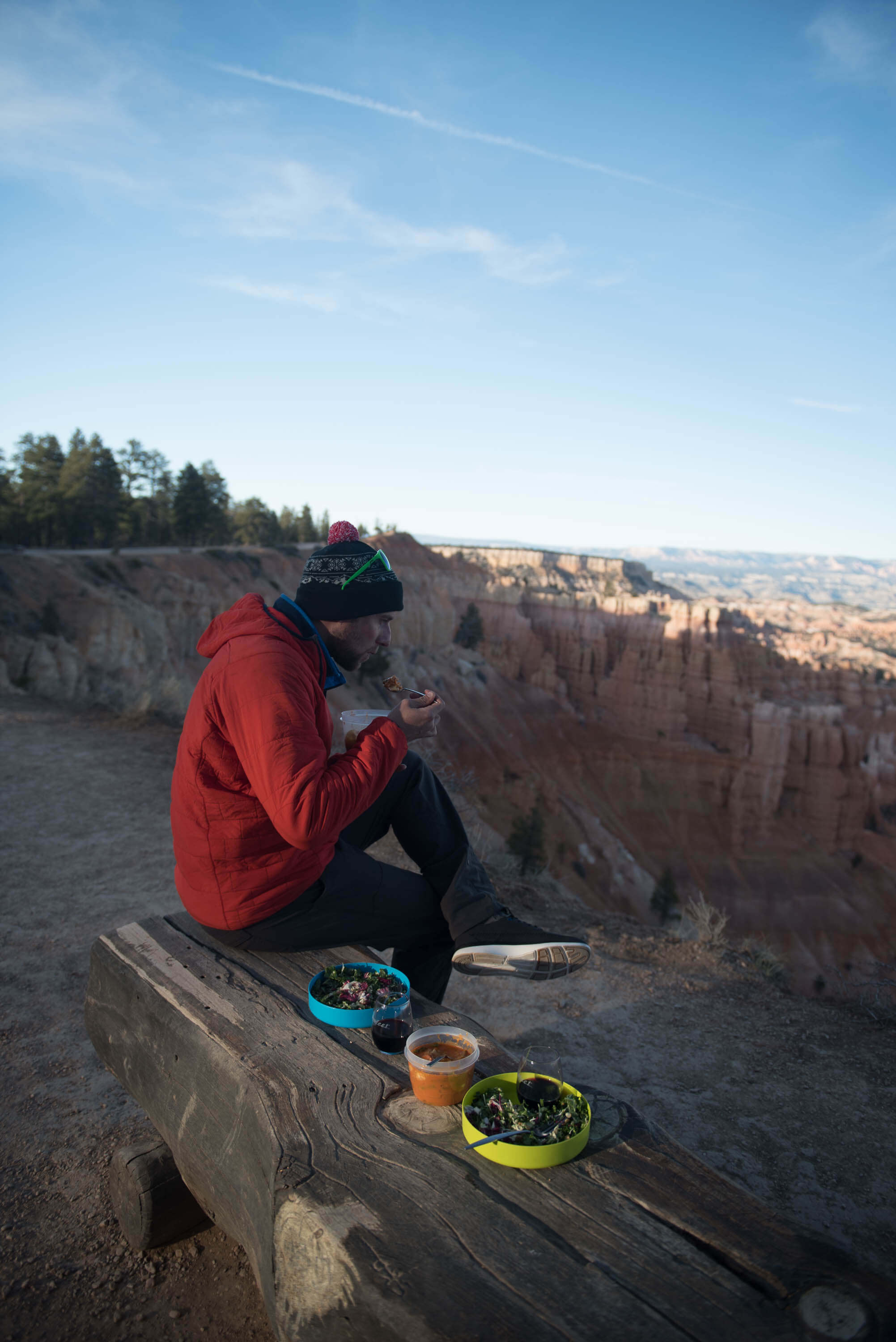
Eat dinner at sunset.
No matter where you are and what you're doing, stop before sunset, make dinner, sit with your partner, and enjoy the view while you eat. In Death Valley one evening we pulled over in a crowded parking lot and made fettuccini puttanesca. We filled our plates and wine glasses, carried them to a nearby overlook, and slurped our noodles, sitting in the sand, pink and gold light staining the clouds. Dozens of people were watching the sunset from the overlook that night, but we were the only people eating dinner. One guy walked past us, glanced at our plates and glasses, and said, "Damn. That's the way to do it." Exactly right.
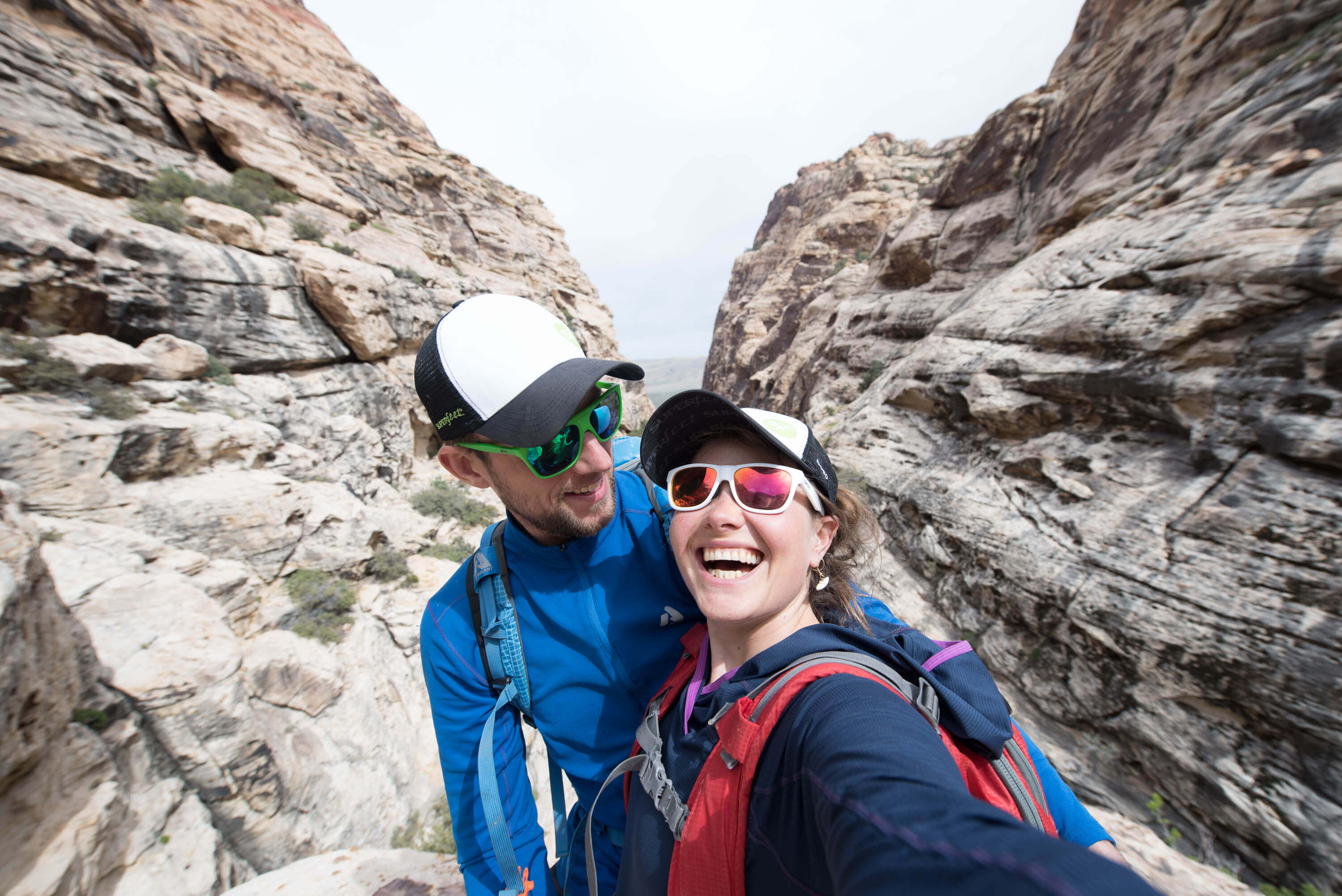
Don't be afraid to drive at night.
If you want to do everything I've described above, and still get to where you need to be, you're going to have to squint into headlights every so often and sacrifice a few hours of sleep. Freya and I haven't arrived at many campsites earlier than eleven o'clock at night because we've been using the daylight to explore. One added benefit about arriving to a campsite at night is that you wake up in a new place every morning. So, after your sunset dinner, climb into your rig, put on a podcast, and hit the road. That way, when you wake up at a turnout on the outskirts of Las Vegas, or a gravel road near Bryce Canyon, or a snowy reservoir in Colorado, you'll have way more time to get lost.

